Doomsday panics that turned out to be nothing
Throughout history, humans have had a compulsion to predict the end of the world. Despite none of these predictions coming true, the stories behind them are fascinating and often amusing. From technological fears to celestial events, each doomsday panic reflects the anxieties of its time.
So, let’s embark on a whimsical journey through some of history’s most memorable apocalyptic predictions, where the only thing that truly ended was a bit of our collective common sense.
Y2K: The Millennium Bug That Didn’t Bite

Ah, the year 2000, when people feared that computers would crash because they couldn’t handle the date change from ’99 to ’00. Governments and businesses spent billions to fix the so-called Y2K bug, anticipating chaos.
But as the clock struck midnight, the world kept turning, and planes didn’t fall from the sky. It turns out, the diligent work of programmers behind the scenes ensured that this doomsday prediction was more bark than bite.
The Mayan Calendar and the 2012 Apocalypse

The end of the Mayan calendar in 2012 led to widespread panic about an impending apocalypse. However, Mayan scholars were quick to clarify that it was merely the end of a cycle, not the world.
Despite this, movies and media ran wild with the idea of global catastrophe. When December 21, 2012, came and went without incident, it was a reminder that ancient calendars can be enlightening, but not necessarily prophetic.
The Halley’s Comet Panic of 1910
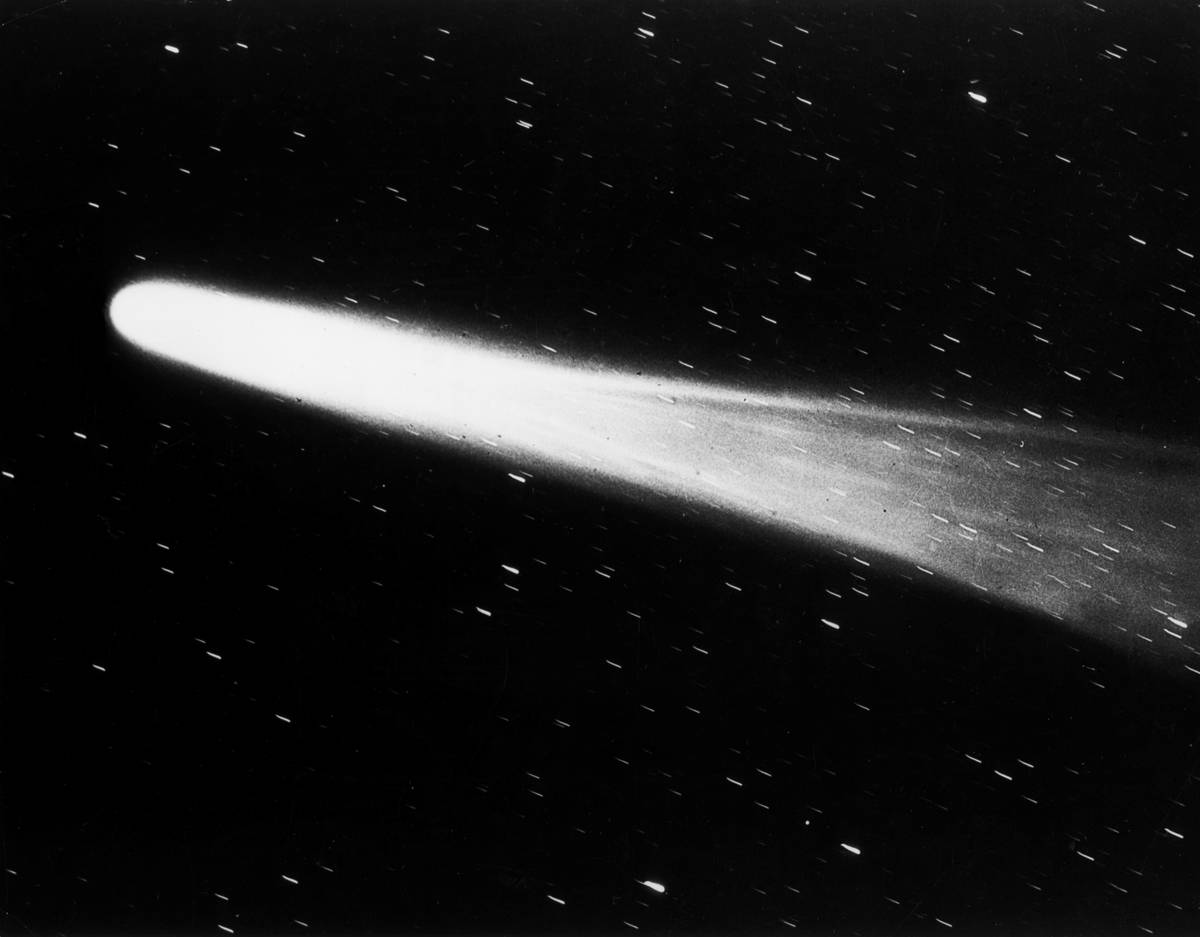
In 1910, Halley’s Comet made its periodic appearance, sparking fears that its tail would saturate Earth with poisonous gases. Newspapers fueled the panic, selling comet pills as a remedy.
When the comet passed harmlessly by, people realized that the sky wasn’t falling, just twinkling with cosmic regularity.
The Planetary Alignment Fears of 1982
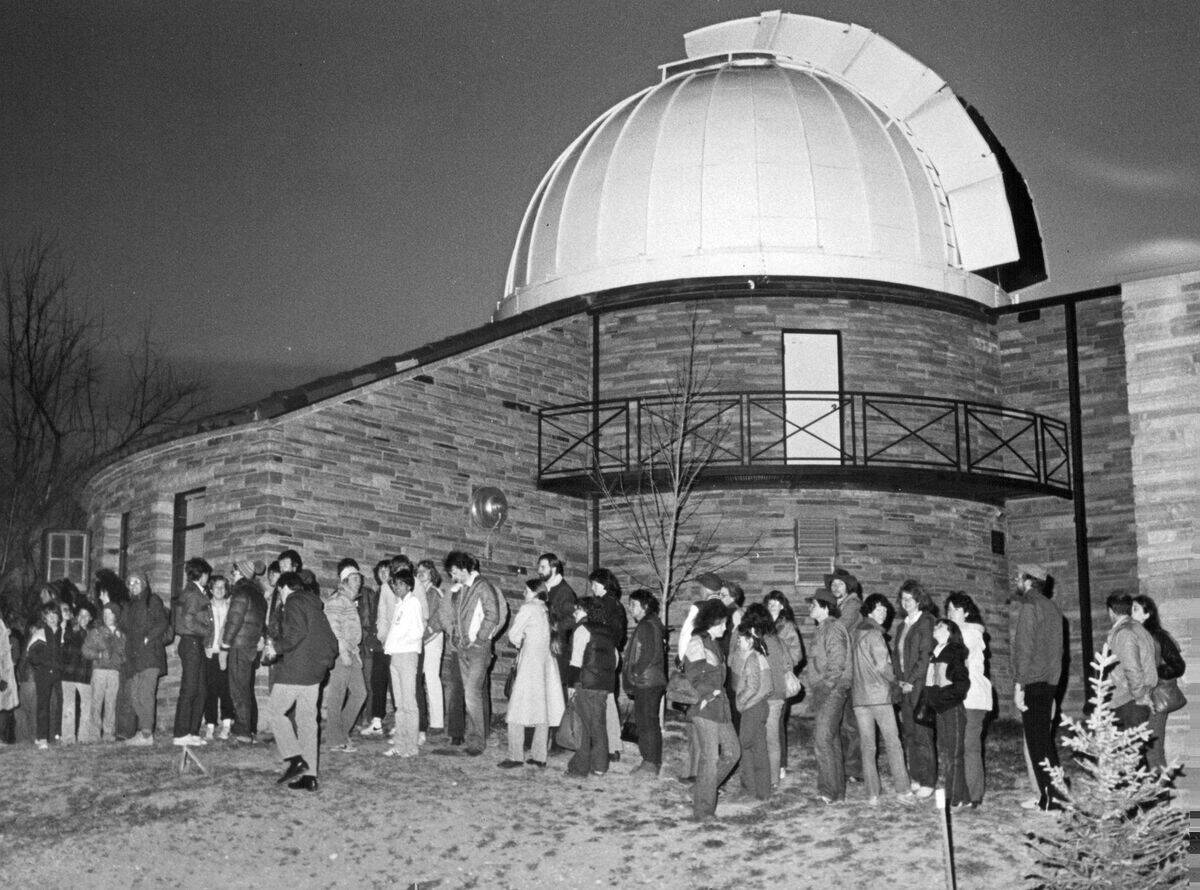
The Jupiter Effect, a book published in 1974, predicted that planetary alignment in 1982 would cause cataclysmic events on Earth. Authors John Gribbin and Stephen Plagemann imagined earthquakes and tidal waves.
However, when the alignment occurred, the Earth remained unscathed, proving that celestial bodies can line up just fine without us needing to worry about global upheaval.
The Predictions of Nostradamus: A Misunderstood Mystic

Nostradamus, the 16th-century seer, has been credited with predicting numerous events, including doomsday. His quatrains are often vague, allowing for wide interpretations.
Despite this, believers continue to find apocalyptic meanings in his work. Historians argue that his writings are more poetry than prophecy, yet his legacy endures as a reminder of our fascination with predicting the future.
The Cold War’s “Duck and Cover” Drills

During the Cold War, the threat of nuclear warfare led to ‘Duck and Cover’ drills in schools. These exercises aimed to teach children to protect themselves during an atomic blast.
While the drills provided a sense of control, they were largely symbolic against a nuclear threat. Today, they serve as a historical curiosity, illustrating the era’s pervasive (and admittedly understandable) fear and the lengths people went to feel safe.
The 2000s Large Hadron Collider Concerns
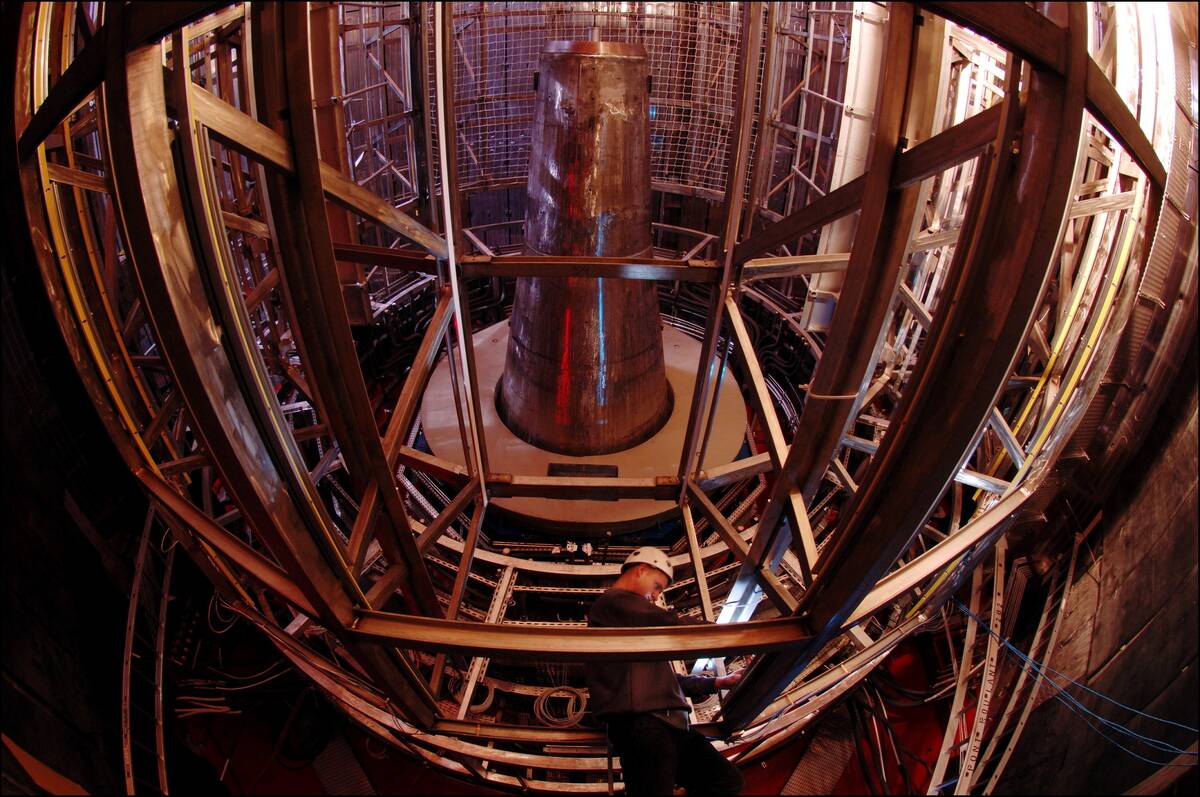
When the Large Hadron Collider (LHC) was about to start operating, fears arose that it might create a black hole that would swallow the Earth. Scientists assured the public that these concerns were unfounded.
The LHC successfully began its experiments, leading to discoveries like the Higgs boson, without any cataclysmic side effects. It was a triumph of science over speculation.
The Rapture Predictions of Harold Camping

Radio preacher Harold Camping predicted that the Rapture would occur on May 21, 2011. Followers prepared for the end, but when the day passed without incident, Camping revised his prediction to October.
After that too went by uneventfully, the fervor fizzled. This episode is a testament to the enduring allure of apocalyptic prophecy, even in the face of repeated inaccuracies.
The 2011 Elenin Comet Panic
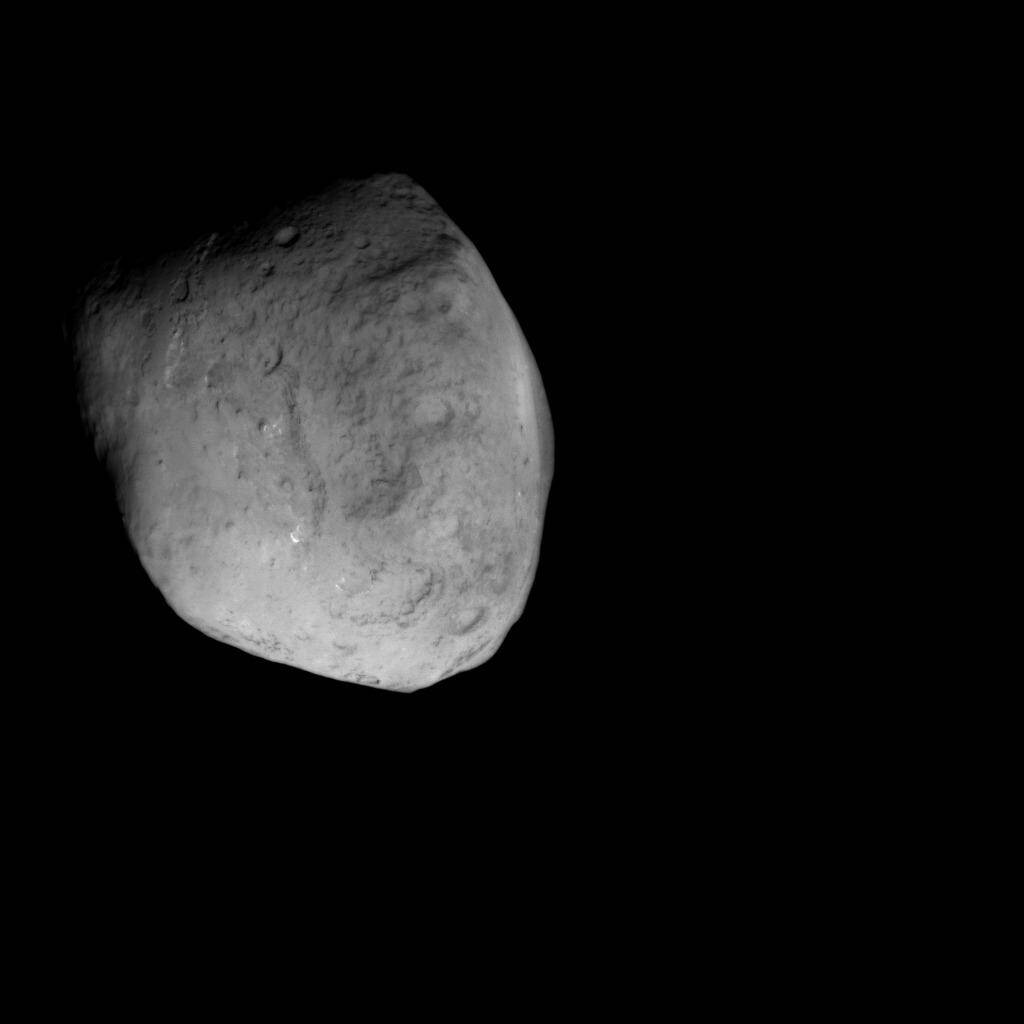
Comet Elenin, discovered in 2010, was the subject of wild internet theories predicting it would cause catastrophic events in 2011. Some believed it was a harbinger of doom or a hidden planet.
In reality, Elenin was a small, harmless comet that disintegrated as it approached the sun. Its uneventful passing highlighted the gap between scientific facts and speculative fiction.
Bird Flu and Swine Flu: Health Panics of the 21st Century
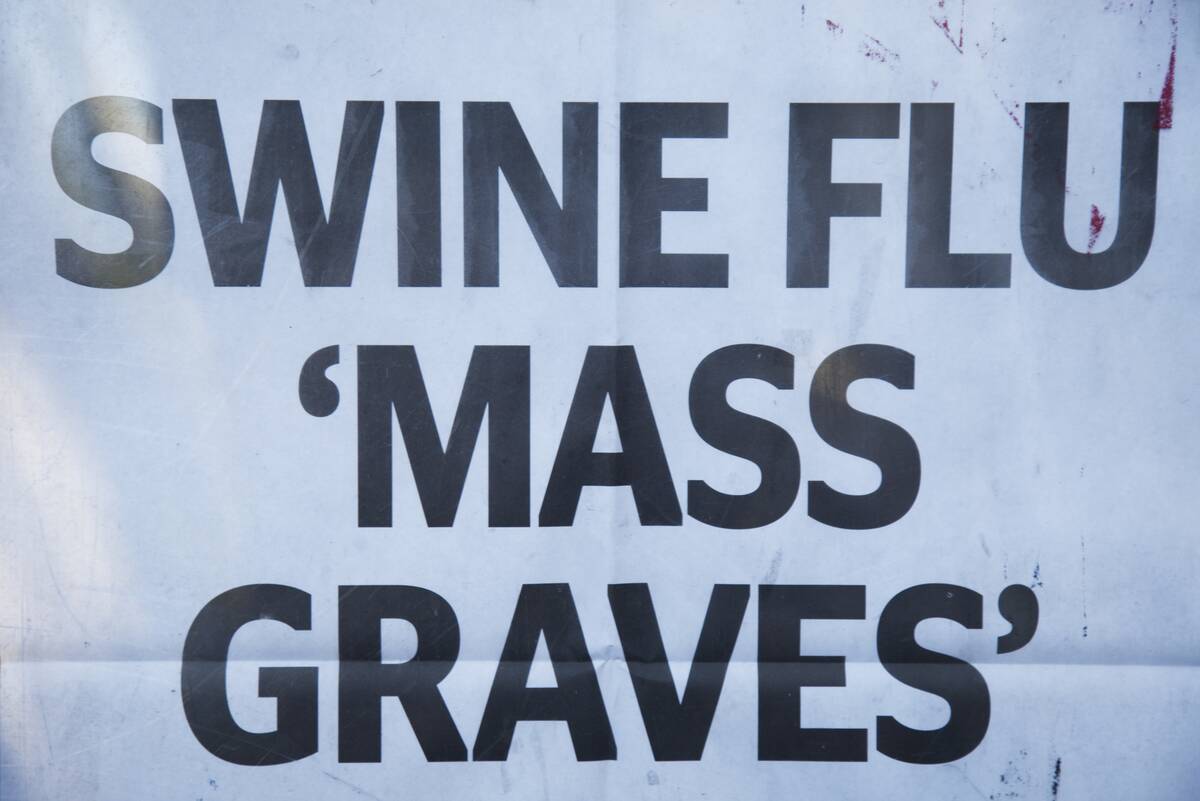
The outbreaks of bird flu in 2005 and swine flu in 2009 triggered fears of global pandemics. While both viruses spread quickly and caused concern, widespread efforts in vaccination and public health measures prevented catastrophic outcomes.
These health scares highlighted the importance of preparedness and the global community’s ability to respond effectively to emerging threats.
The 5G Network and Radiation Fears

The rollout of 5G technology was met with fears that it could cause health problems due to radiation. Fringe theorists linked 5G to everything from cancer to COVID-19.
However, health organizations, including the WHO, have found no evidence supporting these claims. 5G continues to expand, promising faster connectivity while debunking myths about its supposed dangers.
The Supervolcano Eruption That Never Happened
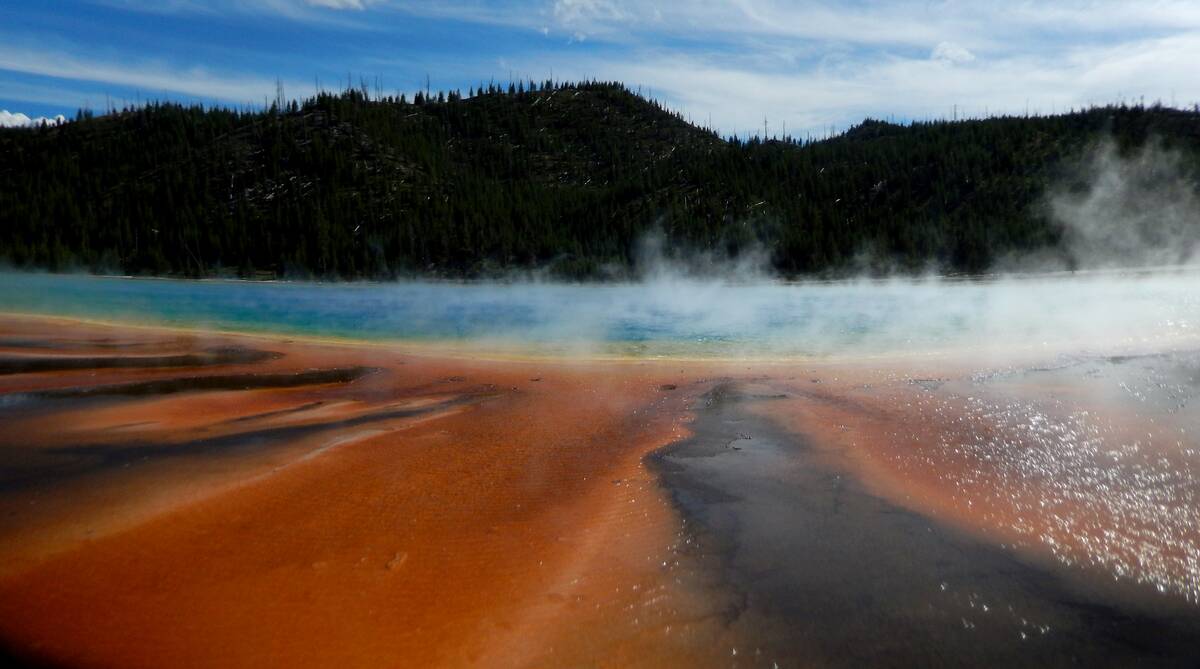
Concerns about a potential supervolcano eruption at Yellowstone have been a topic of speculation for years. While scientists monitor the area closely, they assure us that an eruption is not imminent.
The Yellowstone supervolcano is a fascinating geological feature, but its status reminds us that not every natural wonder is waiting to explode.
The 2016 “Clownpocalypse” Scare

In 2016, creepy clown sightings were reported across the United States, causing a wave of fear and hysteria. Though most incidents were harmless pranks, the media frenzy painted a picture of a clown invasion.
The ‘Clownpocalypse’ became a bizarre cultural phenomenon, blending urban legend with social media-fueled panic, proving that sometimes our fears are more fiction than fact.
The 2020s Murder Hornets Hysteria
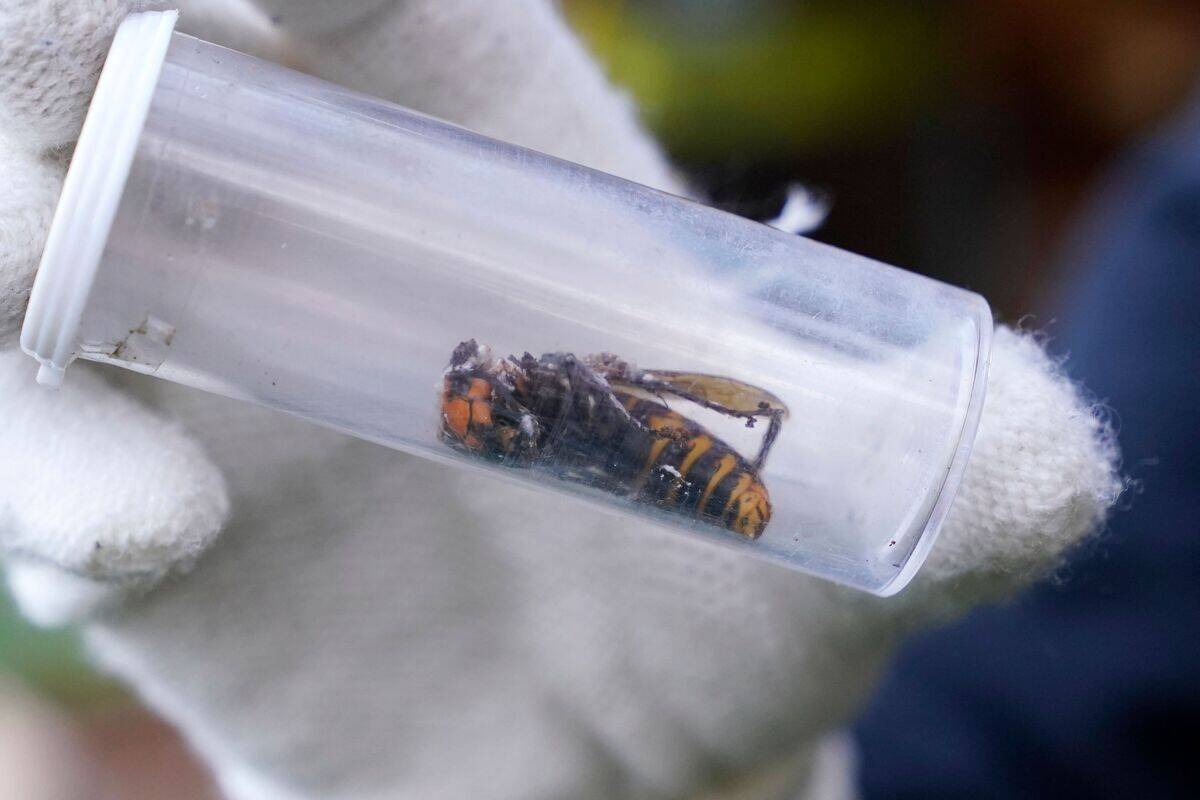
In 2020, reports of ‘murder hornets’ arriving in the US sparked fears of an invasive insect threat. The Asian giant hornet, while large and potentially dangerous to bees, was unlikely to pose widespread danger to humans.
Scientists quickly worked to monitor and contain the species. This episode served as a reminder of how quickly sensational stories can buzz through the media landscape. In fairness, there were legitimate reasons to be scared that year but the hornets weren’t one of them.
Asteroid Impact Predictions: Hollywood vs. Reality
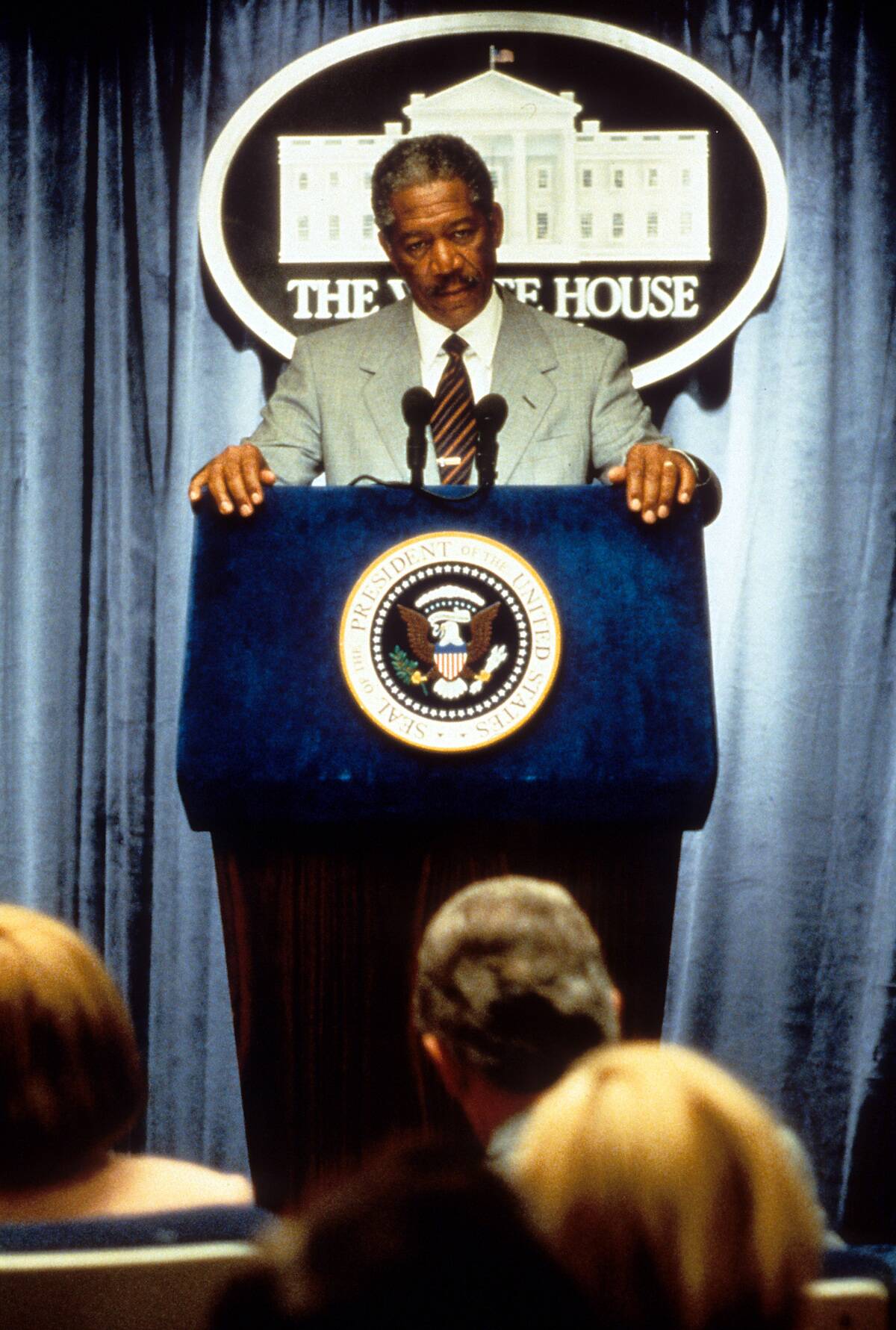
Asteroids are a staple of doomsday scenarios in movies, but the reality is less dramatic. NASA and other space agencies have programs to track near-Earth objects, and the chances of a catastrophic impact are extremely low.
While Hollywood loves a good asteroid disaster film, scientists assure us that they have a watchful eye on the sky, keeping our planet safe from any celestial surprises.




